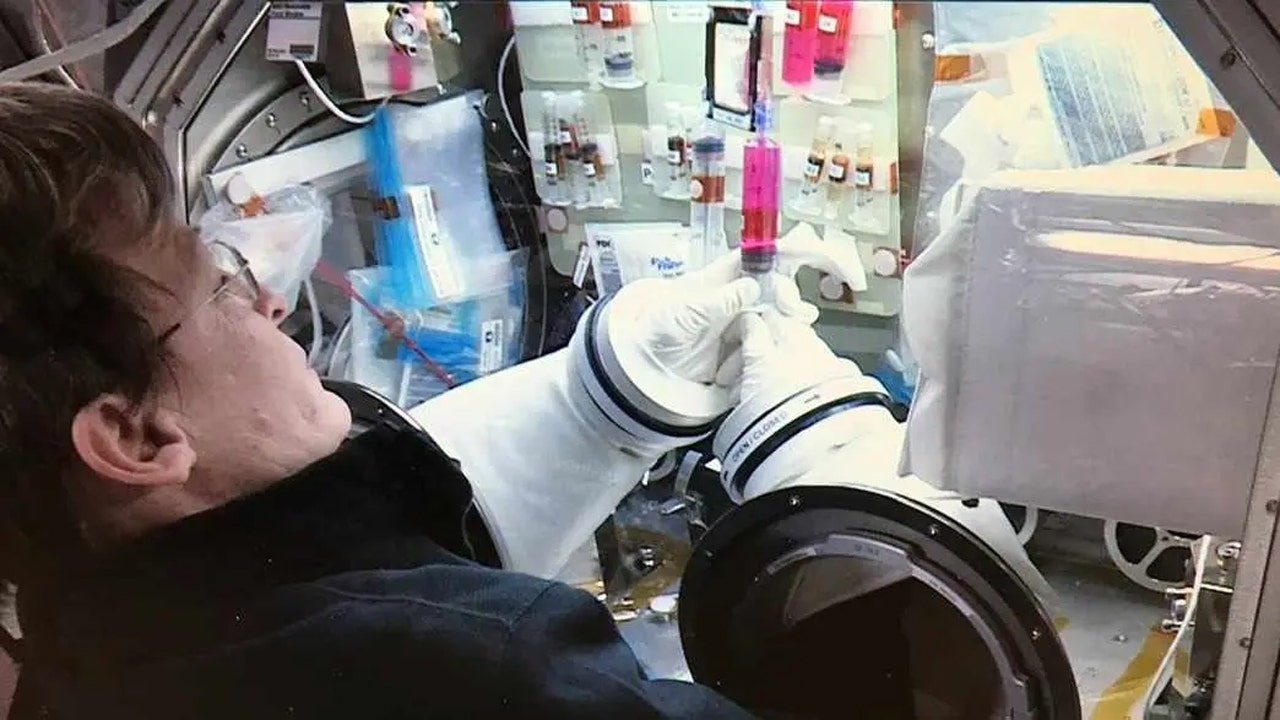printed circuit board assembly
Printed Circuit Board Assembly (PCBA) is a complex process that requires careful planning, attention to detail, and adherence to industry standards to ensure the reliability and functionality of electronic devices. While mastering PCBA techniques takes time and practice, understanding the fundamental steps involved can help beginners navigate the assembly process effectively.
The first step in printed circuit board assembly is to gather all the necessary components and materials. This includes the bare circuit board, electronic components such as resistors, capacitors, integrated circuits, connectors, and other required parts like solder paste, flux, and cleaning agents. Ensuring that all components are of the correct type, value, and package size is essential to avoid assembly errors and compatibility issues.
Before assembly begins, it’s crucial to thoroughly inspect the bare circuit board for any defects or imperfections. Check for scratches, cracks, solder mask damage, or any other abnormalities that could affect the integrity of the assembly. Addressing any issues with the bare board upfront helps prevent problems during the assembly process and ensures the reliability of the finished product.

How to printed circuit board assembly
Once the bare circuit board has been inspected and deemed suitable for assembly, the next step is to apply solder paste to the board’s surface. Solder paste is a mixture of solder alloy particles and flux that facilitates the bonding of components to the board during the soldering process. The solder paste is applied to the board using a stencil, which defines the locations where components will be placed.
After applying solder paste, electronic components are placed onto the board using automated pick-and-place machines or manually by skilled technicians. Components must be placed with precision and accuracy to ensure proper alignment with the solder pads on the board. Proper placement is critical for achieving reliable electrical connections and optimal performance of the finished product.
Once all components are placed on the board, the assembly undergoes solder reflow, which is the process of melting the solder paste to create permanent connections between the components and the board. Reflow soldering typically takes place in a specialized oven that heats the board to temperatures above the melting point of the solder alloy, allowing the solder to flow and bond the components to the board.
After reflow soldering, the assembled circuit board undergoes inspection to verify the quality and integrity of the solder joints. Automated optical inspection (AOI) and X-ray inspection are common methods used to detect defects such as misaligned components, solder bridges, or insufficient solder joints. Any detected defects are repaired or reworked to ensure the reliability of the assembly.
Once inspection is complete, the assembled circuit boards may undergo additional testing to verify functionality and performance. Functional testing involves applying power and signals to the board to simulate real-world operating conditions and verify that it performs as intended. Testing may also include environmental testing to assess the assembly’s reliability under various conditions such as temperature, humidity, and vibration.
In conclusion, printed circuit board assembly is a complex yet essential process in electronics manufacturing. By following the steps outlined above and adhering to industry best practices, beginners can learn how to assemble circuit boards effectively and ensure the reliability and functionality of electronic devices. With practice and experience, mastering PCBA techniques becomes more accessible, allowing for the creation of high-quality electronic products.


